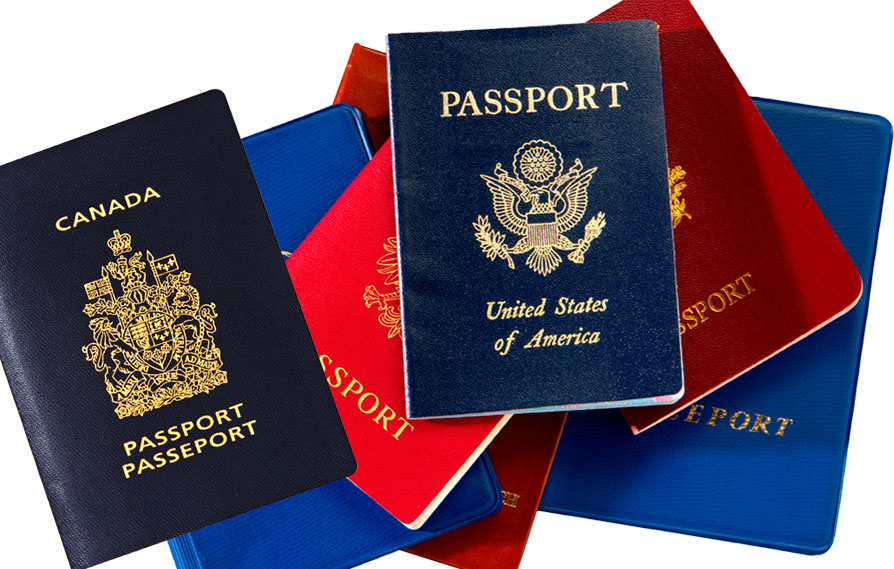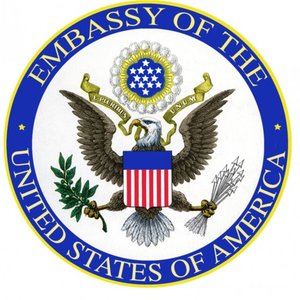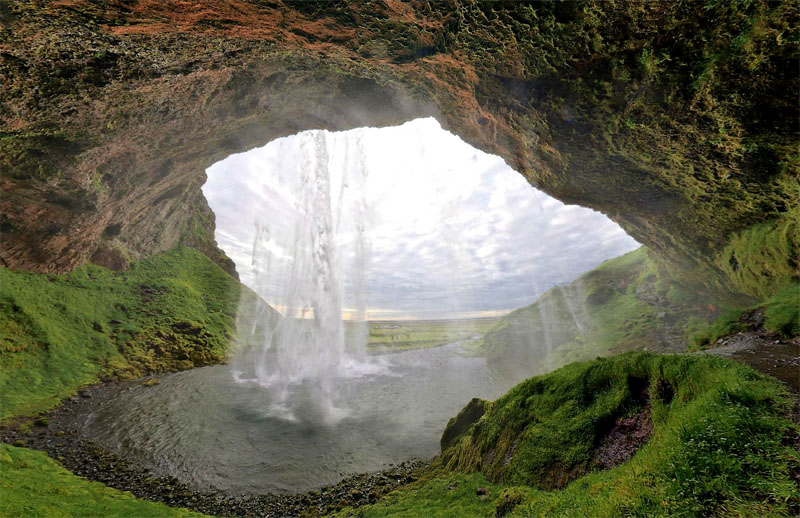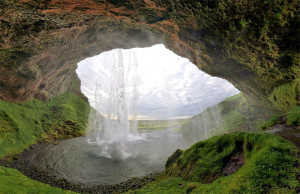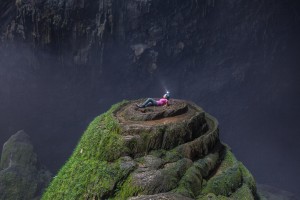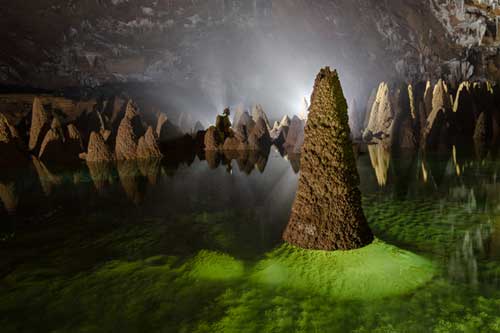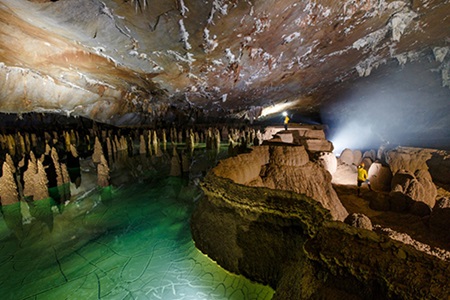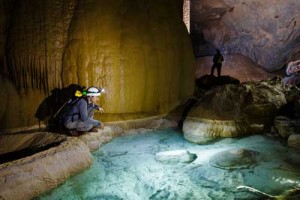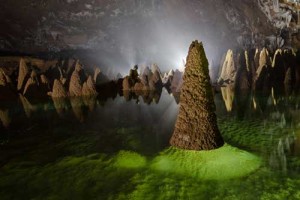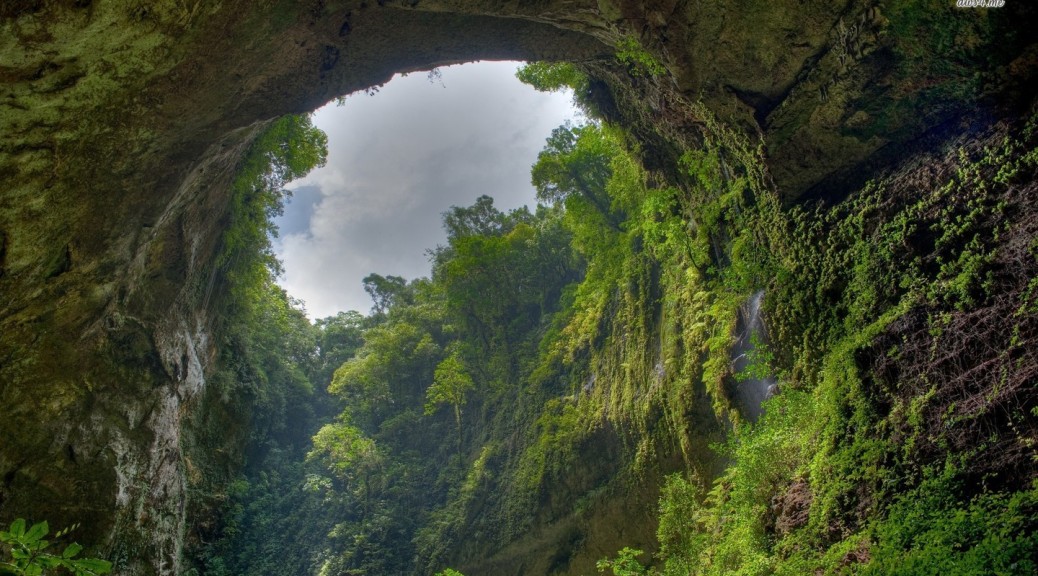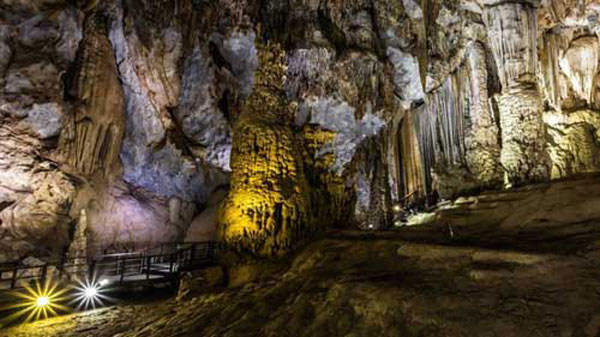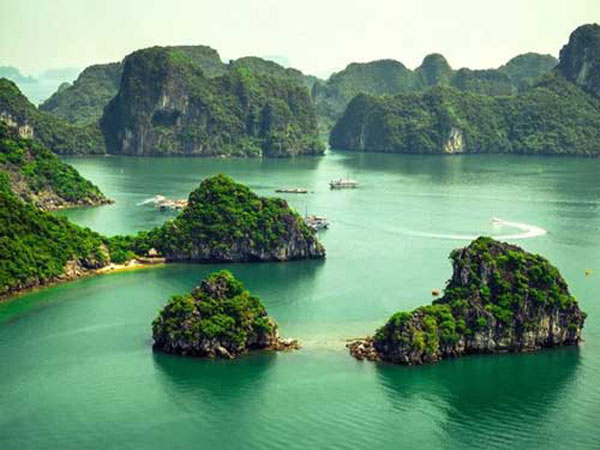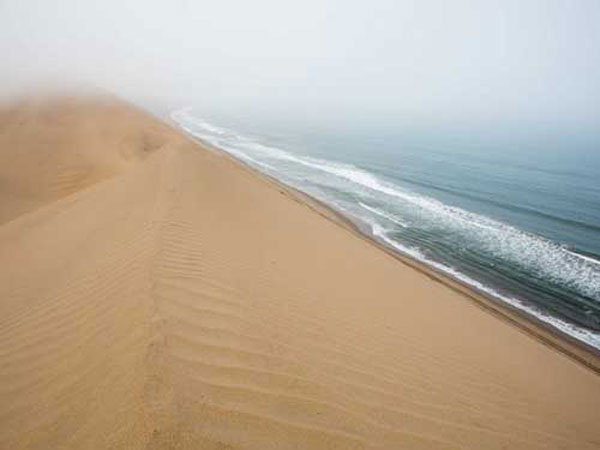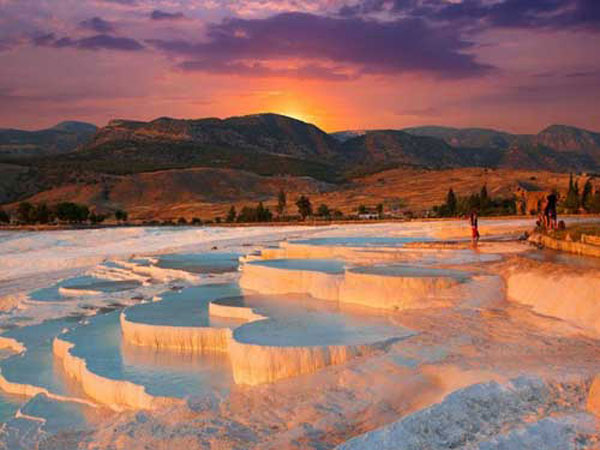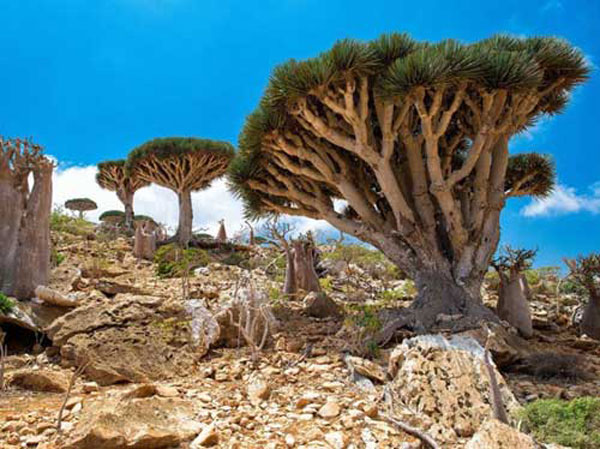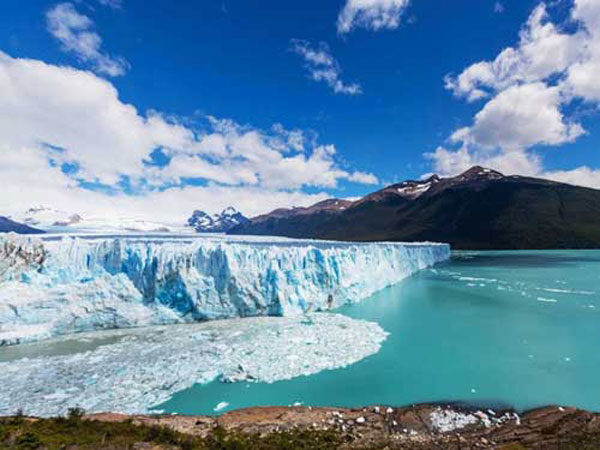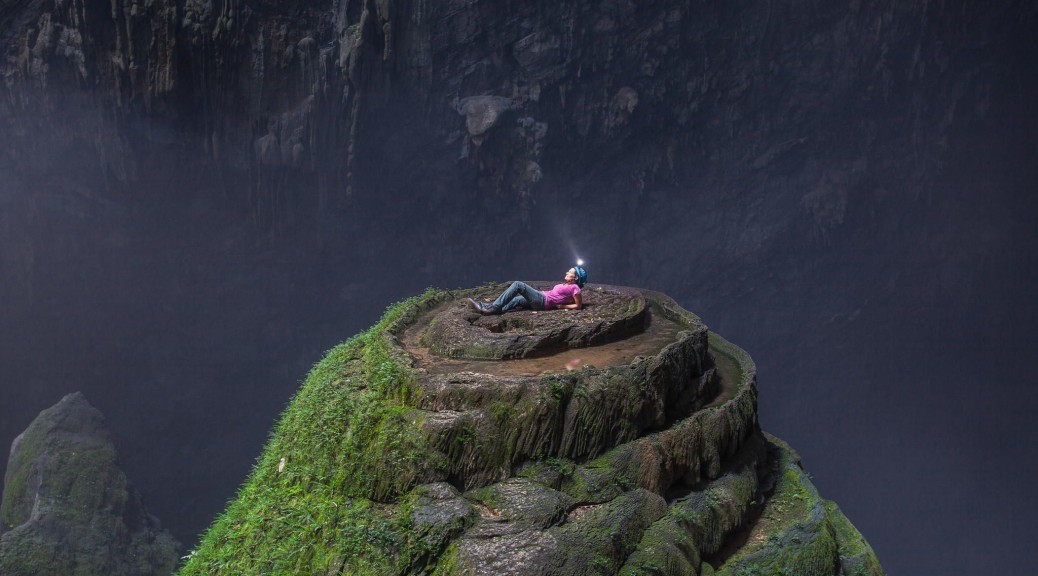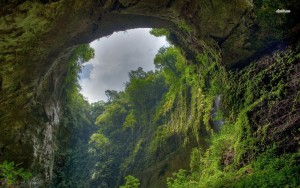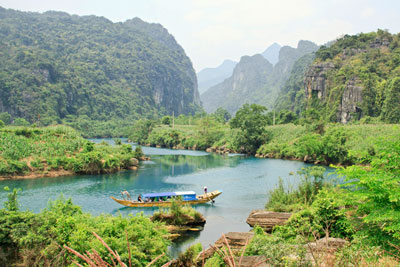VIETNAM PUBLIC HOLIDAYS
Vietnam is changing policy on holiday to have long weekends instead of scattering days off throughout the year. Most public holidays are to observe important historic events or celebrate cultural values among Vietnamese. Some holiday varies from year to year due to the time difference between Lunar and Solar calendar: about half of the official holidays follow Gregorian calendar and half based on Lunar Calendar.
Public institutions are closed on public holidays, while some stores and restaurants will remain open to serve guests during these holidays. The most important holiday in a year, Tet holiday, sees the massive change in operation of companies and people’s lives so plan your travel carefully if you plan to visit Vietnam during these periods.
>>> New Year (January 1)
Like most countries in the world, Vietnamese also celebrate the worldwide New year on 1st of January. This is considered a public holiday and so all offices such as government’s ones and banks will be closed. Services for tourists and nationals remain by and large open.
>>> Lunar New Year – Tet holiday (late Jan – mid Feb)
Lunar New Year is the most important event in a year, which often takes place between late Jan or early Feb (see table below for details). During this long holiday (from 5 – 9 days), most people will take time off, including restaurants and many tourist service. Visit our Tet page for details on travel tips during Tet holiday.
>>> Hung King Festival (early April)
Hung King Festival has officially become a national holiday since 2000, celebrated on March 10th of Lunar Calendar. The holiday is officially 1 day long but many people combine it into the adjacent weekend to make it a long one. On this occasion, banks and offices are closed but restaurants and services resume as normal.
Read more about Hung King Festival
>>> Reunification Day – Labour Day (April 30th – May 1st)
Reunification day marks the reunification of Vietnam which dated back to 1975. The subsequent day is Labour day and considered a public holiday in Vietnam. There are usually marches, parades and performances on these holidays (Read more about Labour Day)
>>> Independence Day (September 2)
On September 2nd, 1945, President Ho Chi Minh officially declared Vietnam free from colonial force and since then, the people of Vietnam have been celebrating the occasion annually. Many take advantage of the opportunity to travel while others choose to reflect into this historical event by visiting Ba Dinh square and Ho Chi Minh Mausoleum.
Public Holidays 2016
|
Date |
Day |
Holiday |
|
1 January |
Friday |
New Year’s Day |
|
6 January |
Wednesday |
Epiphany |
|
25 March |
Friday |
Good Friday |
|
28 March |
Monday |
Easter Monday |
|
25 April |
Monday |
Liberation Day |
|
1 May |
Sunday |
International Workers’ Day |
|
2 June |
Thursday |
Republic Day |
|
15 August |
Monday |
Assumption Day |
|
1 November |
Tuesday |
All Saints’ Day |
|
8 December |
Thursday |
Immaculate Conception |
|
25 December |
Sunday |
Christmas Day |
|
26 December |
Monday |
St Stephen’s Day |
BUSiNESS HOURS IN VIETNAM
Many offices have Saturday and Sunday off while most workers at state-owned companies work on Saturday morning. Restaurants and stores generally do not have fixed opening hours. In cities stores tend to be open until later in the night. Internet cafes are allowed to open until 23 p.m. only and most shopping malls are closed at 9 p.m.

